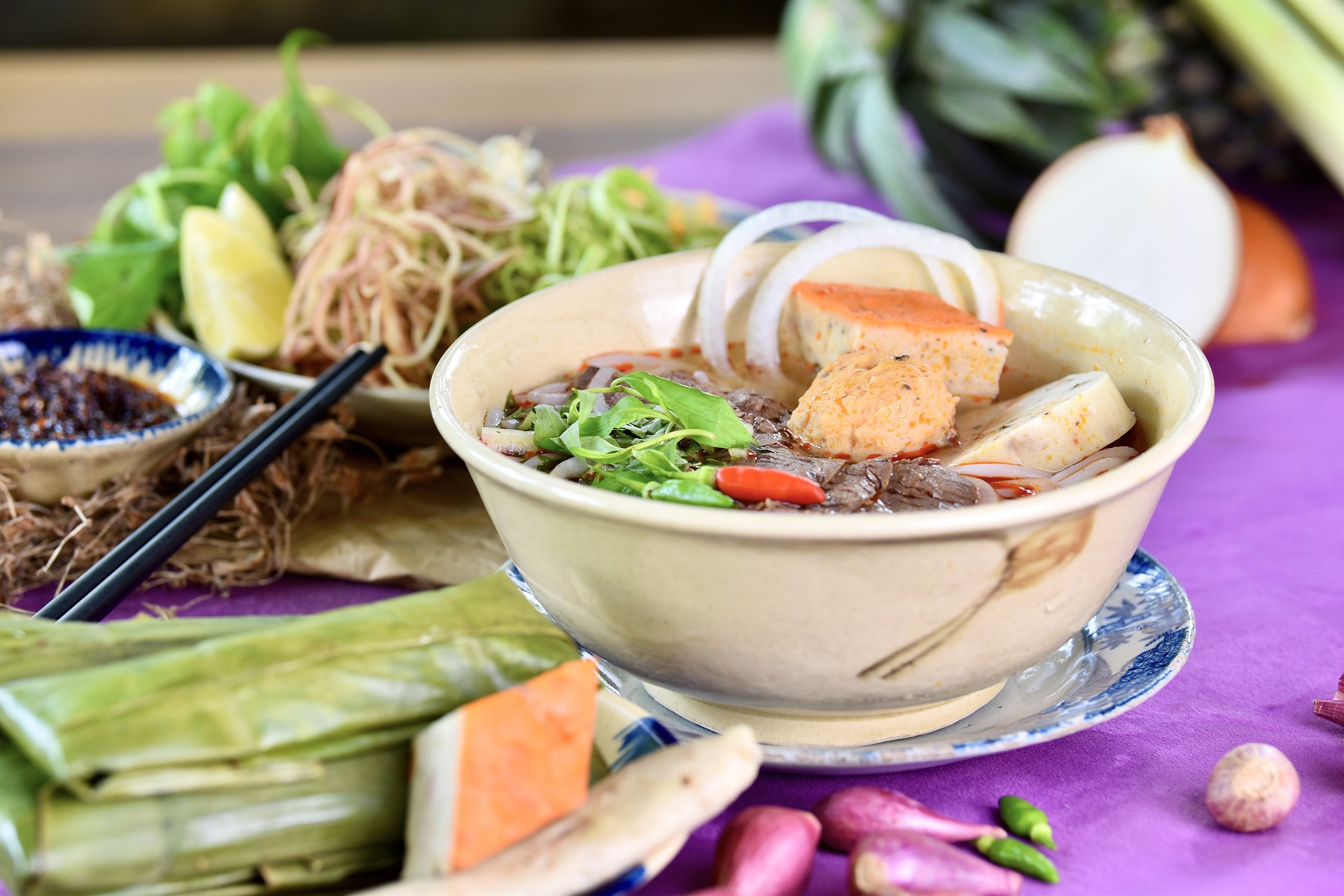Journey into the Delights of Vietnamese Street Food: An Exploration of Phở
Let's take an aroma-filled walk into the heart of Vietnam's quintessential street food: phở.

The Essence of Phở: Reconnoitering Vietnamese Heritage
When it comes down to the heart of Vietnamese cuisine, few dishes hold as much national pride and prominence as phở. This beautiful amalgamation of simple, fresh ingredients forms a flavorful bowl that manages to be hearty and light simultaneously. The fragrance of steaming broth accompanied by slithers of tender beef or chicken, rice noodles and dashes of herbs make it a culinary journey of delight, representing the essence of Vietnamese philosophy of yin and yang balance in food.
Anatomy of a Phở Bowl: The Melting Pot of Ingredients
Phở is a simple dish, yet one that captivates palates across the globe. The enticing broth is its lifeblood, usually simmered with beef bones, charred onions, and spices for several hours. The soul of phở comes from the eclectic mix of spices - star anise, cloves, cinnamon, and cardamom. This blend creates an aromatic base to which rice noodles and sliced meat, either chicken or beef, are added, making it a melting pot of textures and flavors.
Brewing the Phở Magic: The Technique Defined
Phở’s allure lies not only in its ingredients but in the method of creation as well. The broth is a labor of love, demanding patience. The beef bones are parboiled to get rid of impurities before simmering. The spices and charred onions are tied in a muslin cloth, allowing the flavors to infuse the broth without making it cloudy. Noodles are prepared separately, placed in a bowl with thin slices of raw beef, and the piping hot broth is poured over, cooking the beef instantly. The science behind the fusion of these ingredients orchestrated in a certain way is a testament to the beautiful puzzle that Phở is.
Beyond the Bowl: Regional Variations
Like any culinary masterpiece passed down generations, Phở has its regional variations. In the North, Phở Bắc is known for its simplicity, focusing on the purity of the broth. The southern style Phở Nam is more about the garnishes with bean sprouts, basil, lime, and hoisin sauce accompanying the bowl. Regardless of the region, the essence of Phở lies in its harmonious balance of flavors, a testament to Vietnam’s culinary artistry.
Phở in American Kitchens: An Emergent Trend
The popularity of Phở is beaching shores. It is not just a staple in Vietnamese pockets in America but is becoming a trend in the casual dining scene and home kitchens alike. The attraction lies in its versatility and the appeal of a comforting, yet healthy, one-pot meal. It’s an example of how food can serve as a delicious exploration of culture, transcending borders and touching hearts over a delightful bowl.
A Few Fun Phở Facts:
- Phở is traditionally a breakfast dish in Vietnam.
- The word ‘Phở’ refers to the rice noodles, not the soup itself.
- The dish dates back to the early 20th century and comes from Nam Định Province in northern Vietnam.
- Phở became popular amongst American soldiers during the Vietnam War.
As we conclude our delectable exploration of phở, it’s evident why this humble Vietnamese soup has gained such global fame. Phở is more than a dish; it’s a vibrant symphony of tastes that capture the depth and complexity of Vietnamese culture. Perhaps next time you savor this delightful bowl of goodness, you’ll think back to this tale of its creation—each ingredient, each cooking process, each variation—adding a dash of culinary knowledge to your gastronomic experience.




